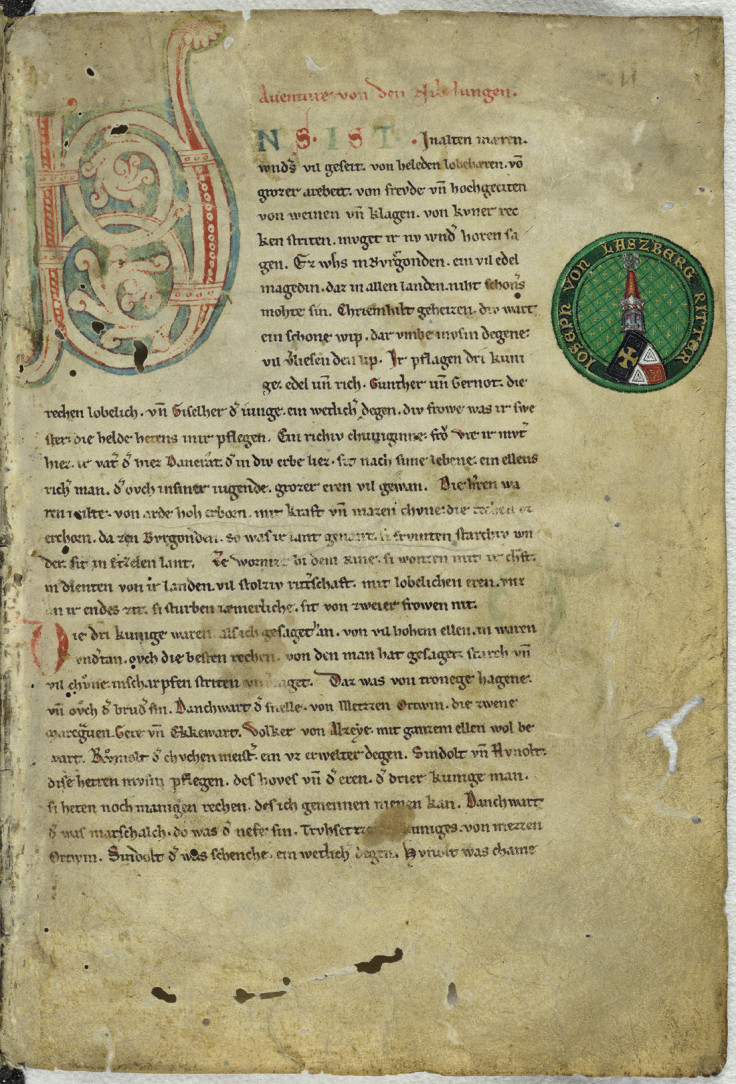Could Roman Gold Found in Germany be Nibelung Rhinegold Treasure?

An amateur treasure hunter in Germany has discovered a Roman hoard of gold and silver jewellery worth €1 million (£824,679), which could be part of the legendary Rhinegold treasure from 5<sup>th century Nibelung mythology.
According to The Local, the haul, found in Rhineland Palatinate in West Germany, is Eastern European in style and includes leaf-shaped solid gold brooches and other jewellery from ceremonial robes, silver bowls set with gold and stones, as well as small gold and silver plated statues that once adorned a military commander's portable chair.
The unnamed hunter found the treasure after digging illegally in the forest and tried to keep his discovery secret, selling off part of the hoard on the black market.
Unfortunately for him, the black market sales came to the attention of the German authorities, who seized the remaining treasure.
Missing pieces
"The looter rendered up [the pieces] himself - but only under pressure from investigators," said Ulrich Himmelmann, head of the Speyer branch of the state archaeology authority.
According to state's chief archaeologist, Axel von Berg, the treasure hunter also found the actual commander's chair during his investigation, but destroyed it as it was "brutally torn out" of the earth.
Prosecutors are now investigating and trying to recover the missing pieces from the hoard, but they have not released any information about the charges against the treasure seeker.
In Rhineland-Palatinate, it is considered to be a minor offence to search with a metal detector, and taking the find is illegal. Hiding any artefacts from the authorities counts as fraud, and any attempts to sell on the artefacts can lead to charges of dealing in stolen goods.
According to German archaeologists, the treasure is believed to have been buried 1,500 years ago when the Germanic Teutons were pillaging and plundering the crumbling Roman empire. It is thought that a Roman ruler might have buried the treasure while fleeing the area, or that a Teuton barbarian hid the treasure and never came back for it.
Nibelung treasure?
"In terms of timing and geography, the find fits in with the epoch of the Nibelung legend," von Berg said.

"But we cannot say whether it actually belongs to the Nibelung treasure."
Von Berg said that the original owner "lived well" and perhaps could have been a prince.
The Nibelungen were the royal family of the Burgundians, an East Germanic tribe that settled in the Rhine Valley in the 5<sup>th century. A famous mythical poem exists, known as the "Nibelungenlied", which means "The Song of the Nibelungs".
The poem tells the story of Siegfried, the crown prince of Xantan who journeys to Worms (a city in Rhineland Palatinate) to woo King Gunther's sister Kriemhild, kills a dragon and is later murdered by the warrior Hagen due to his perceived threat to the throne.
In the poem, Hagan steals Siegfried's treasure from the widowed Kriemhild and sinks the hoard into the Rhine, prompting revenge from Kriemhild, which ends in bloodshed.
© Copyright IBTimes 2025. All rights reserved.






















